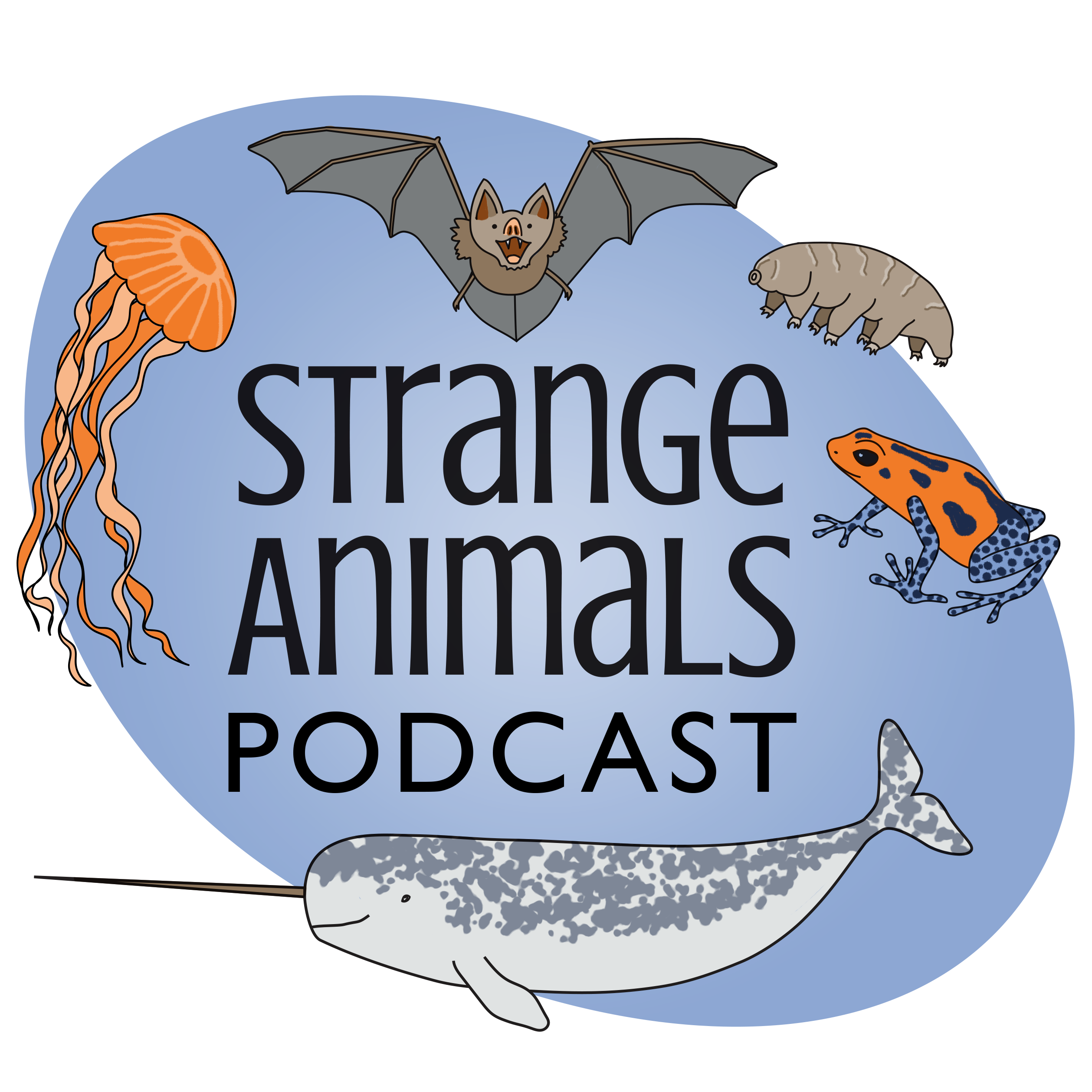Episode 228: Monkey Lizards and Weird Turtle...Things

Sign up for our mailing list!\n\nWe have a merch store now too!\n\nThanks to Ethan for this week's topic, two weird animals that developed after the Great Dying we talked about last week!\n\nFurther reading:\n\nMonkey Lizards of the Triassic\n\nPlacodonts: The Bizarre 'Walrus-Turtles' of the Triassic\n\nDrepanosaurus (without a head since we haven't found a skull yet, but with that massive front claw):\n\n\n\nDrepanosaurus's tail claw:\n\n\n\nHypuronector had a leaf-like tail:\n\n\n\nPlacodus was a big round-bodied swimmer:\n\n\n\nSome placodonts [art by Darren Naish, found at the second article linked above]:\n\n\n\nHenodus was the oddball placodont that probably ate plant material:\n\n\n\nShow transcript:\n\nWelcome to Strange Animals Podcast. I\u2019m your host, Kate Shaw.\n\n\xa0\n\nLast week we talked about the end-Permian mass extinction, also called the Great Dying. This week let\u2019s follow up with a couple of weird and interesting animals that evolved once things got back to normal on Earth. Thanks to Ethan who suggested both animals.\n\n\xa0\n\nThe great dying marks the end of the Permian and the beginning of the Triassic period, which lasted from about 251 million years ago to 201 million years ago. In those 50 million years, life rebounded rapidly and many animals evolved that we\u2019re familiar with today. But some animals from the Triassic are ones you\u2019ve probably never heard of.\n\n\xa0\n\nWe\u2019ll start with a reptile called the drepanosaur. Drepranosaurs are also sometimes called monkey lizards for reasons that will soon become clear. Paleontologists only discovered the first drepanosaur in 1980, Drepanosaurus, and within a few years they recognized a whole new family, Drepanosauridae, to fit that first discovery and subsequent closely related specimens. Drepanosaurs were weird little reptiles that probably looked like lizards in many ways, although they weren\u2019t lizards.\n\n\xa0\n\nHow weird was Drepanosaurus? Very weird. Very, very weird.\n\n\xa0\n\nIt was obviously a climbing animal that probably spent all of its life in the treetops. It had lots of adaptations to life in trees, such as hind feet where all the toes pointed in the same direction and were somewhat curved, sort of like a spider monkey\u2019s hand. That would help it get a good grip on branches. But those hind feet aren\u2019t why it\u2019s called the monkey lizard.\n\n\xa0\n\nDrepanosaurus and its relatives are called monkey lizards because of their tails. Many monkeys have prehensile tails, which act as a fifth limb and help keep the monkey stable in a tree by curling around branches and hanging on. Drepanosaurus had something similar. Instead of being mobile from side to side like most reptile tails, Drepanosaurus\u2019s tail could mostly only curve downward. Modern chameleons have an even more pronounced downward-curving tail that helps them climb. But the chameleon\u2019s tail is still just a tail. The end of Drepanosaurus\u2019s tail had several modified caudal bones that were probably exposed through the skin. Those modified bones acted as a claw to help the animal grab onto tree trunks and branches. So Drepanosaurus had claws on its front feet, claws on its hind feet, and a claw on its tail. It\u2019s sort of like having five feet.\n\n\xa0\n\nAs if that wasn\u2019t weird enough, let\u2019s talk about those claws on the front feet. It had five toes on each foot, and four of them had ordinary claws. They were sharp but fairly small, about what you\u2019d expect from an animal that grew about 19 inches long at most, or 50 cm. But the second toe on each foot, which corresponds to the pointer finger on a human hand, had a much bigger claw. MUCH BIGGER CLAW. It was as big as its whole hand! Most researchers think it used the claw to dig into rotting wood, insect nests, and bark to find insects and other small animals to eat.\n\n\xa0\n\nBut that\u2019s not all. Drepanosaurus also had a structure called a supraneural bone at the base of its neck, made up of fused vertebrae, that would have made it look like it had a little hunch on it...